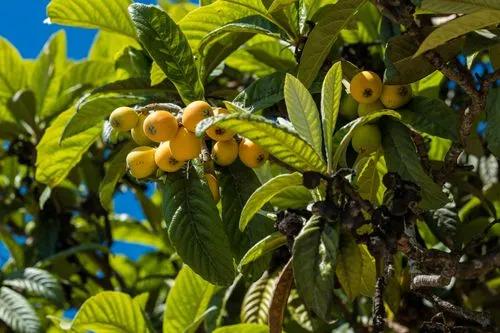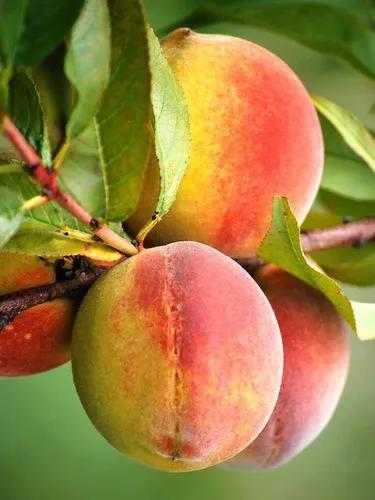Java apple is an evergreen tree with an open, irregular, wide-spreading crown; it can grow 5 - 15 metres tall. It has a short, crooked bole 25 - 50cm in diameter, that branches from near the base. The tree is valued mainly for its edible fruit, which is gathered from the wild and consumed locally. It also supplies a timber, is planted to provide shelter, and has various medicinal uses. It is sometimes cultivated in the tropics, especially in home gardens, for its edible fruit]. Although not grown commercially, the fruit is often sold in local markets. It is occasionally exported to ethnic markets in Canada and Europe.
Java Apple Care
Syzygium Samarangense



Syzygium samarangense is a species of flowering plant in the family Myrtaceae, native to an area that includes the Greater Sunda Islands, Malay Peninsula and the Andaman and Nicobar Islands, but introduced in prehistoric times to a wider area and now widely cultivated in the tropics. Common names in English include wax apple, Java apple, Semarang rose-apple and wax jambu. It is very common in the Southern Indian state of Kerala, where it is known as chambakka. Syzygium samarangense is a tropical tree growing to 12 metres (39 ft) tall, with evergreen leaves 10–25 centimetres (4–10 in) long and 5–10 centimetres (2–4 in) broad. The leaves are elliptic, but rounded at the base; they are aromatic when crushed. The trunk is relatively short, with a wide – yet open – crown starting low on the tree. The bark is pinkish-gray in color, and flakes readily. The flowers are white to yellowish-white, 2.5 cm (1 in) diameter, with four petals and numerous stamens. They form in panicles of between 3 and 30 near branch tips. The resulting fruit is a bell-shaped, edible berry, with colors ranging from white, pale green, or green to red, purple, or crimson, to deep purple or even black. The fruit grows 4–6 centimetres (1.6–2.4 in) long in wild plants, and has 4 fleshy calyx lobes at the tip. The skin is thin, and the flesh is white and spongy. Each berry holds 1–2 rounded seeds not larger than .8 centimetres (0.3 in). The flowers and resulting fruit are not limited to the axils of the leaves, and can appear on nearly any point on the surface of the trunk and branches. When mature, the tree is considered a heavy bearer, yielding a crop of up to 700 fruits. When ripe, the fruit will puff outwards, with a slight concavity in the middle of the underside of the "bell". Healthy wax apples have a light sheen to them. Despite its name, a ripe wax apple only resembles an apple on the outside in color. It does not taste like an apple, and it has neither the fragrance nor the density of an apple. Its flavor is similar to a snow pear, and the liquid-to-flesh ratio of the wax apple is comparable to a watermelon. Unlike either apple or watermelon, the wax apple's flesh has a very loose weave. The very middle holds a seed situated in a sort of cotton-candy-like mesh. This mesh is edible, but flavorless. The color of its juice depends on the cultivar; it may be purple to entirely colorless.
How to Care for the Plant

Popularity

464 people already have this plant 57 people have added this plant to their wishlists
Discover more plants with the list below
Popular articles






